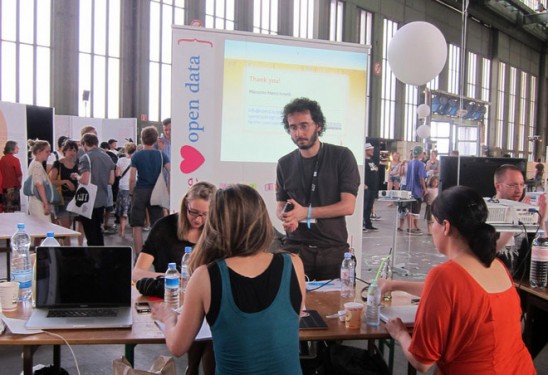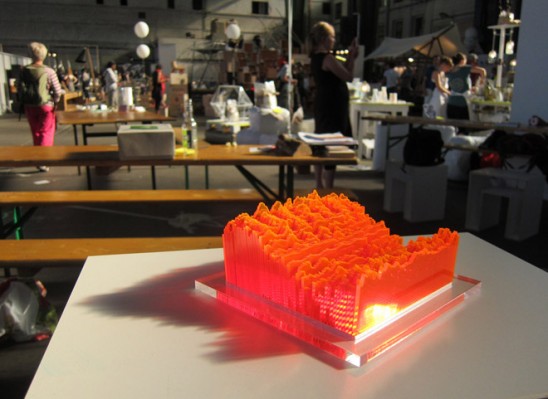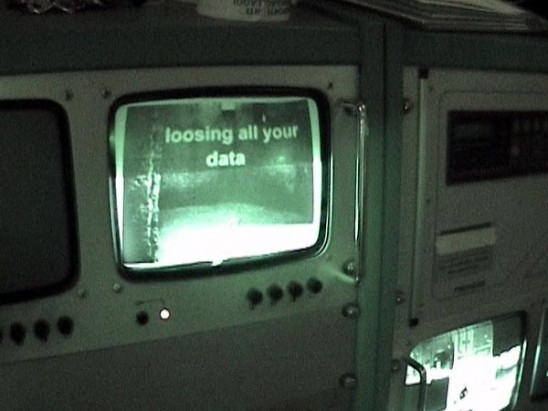A quick summary: this rather long blog posting deals with structural changes that are currently going on in cultural funding organisations and other institutions, how they are trying to get rid of different specific disciplines in the name of ‘innovation’.
– – – –
The decision to name the new Aalto University School as ‘Aalto University School of Arts and Creativity’ came as a shock for many people. This new university is a combination of University of Art and Design and the architecture department of University of Technology. According to press release, the new name was needed since “the concept ’art and design’ in the current name has strong associations with the past”.
The petition to reconsider the name bring up some of the grave problems that arise from choosing such a vague name for a university. This blog posting tries to deal with this one: “A degree/research with an ‘arts & creativity’ school does not point out to any specific skill or knowledge in any specific discipline”.
One could say that ‘it’s just a name’ – that having a new name for the university should not cause any significant problems for the art, design and architecture community associated with Aalto University. But there is more at stake here than just the name – as stated in the Aalto press, the name symbolises the “amalgamation and the multi-disciplinary nature of Aalto University”.
The transformation that is going on in Aalto University resembles the process that already took place in Nordic art/culture scene and the on-going process to change the structure of Art Council of Finland. These ambitious endeavors try to deal with genuine problems and respond to changing times, but it seems that the captains of this process are not sure about how this new ship should be navigated. In fact, a key aspect seems to be that the captains should let go of their control – that academic and cultural institutions should eagerly respond to the whims of darwinistic forces such as trends in international business. If this is the case, then my prediction is that instead of becoming more innovative and competitive, the institutions will just focus on short-term goals and try to imitate what others are doing.
The Nordic ‘utveckling’
In the Nordic region, there used to be four organisations dedicated for specific forms of art – Nifca (contemporary art), NordScen (performing arts), Nomus (music) and Nordbok (literature). In the end of 2006 these organisations were closed down and replaced by Nordic Culture Point, an organisation which administers several funding programmes. The ones who were lobbying for shutting down the old organisations had the opinion that in today’s world the barriers between disciplines have become so blurry that they should no longer be enforced by administration.
The biggest one of the funding programmes is the Culture and Art Programme which in 2011 will give out 2 032 930 EUR of funding. The keyword of this funding programme is ‘utveckling’ – ‘innovation’ or ‘development’. Projects which are new (have not been started yet) and have some innovative quality (the applicants can themselves explain how they are innovative) can receive funding. I know this programme pretty well since I was a member of the Art and Culture Programme Expert Committee between 2007-2009.
This new system has two clear benefits. Since many organisations were closed down, the money that used to go to salaries of people can now be used to support individual projects. Also, a larger variety of organisations can receive financial support, as long as they create a project that does some ‘utveckling’.
But there are also downsides. Previously, there used to be organisations which were lead by experts of a specific discipline. These people were active contributors to their own fields. If you had an idea you could go and have a chat with these people and similarly if there was a problem, it was clear who was in charge.
In the new system all this is different. Nordic Culture Point is made up of administrators who just have to focus on administration – they have specifically been denied any comments or contributions to the funding decisions. Also the members of the Expert Committees cannot take any active role – they are not supposed to be in touch with the applicants and it’s not possible to appeal against individual decisions. So, in terms of an agenda related to a specific discipline, there is no one who you could talk to. This is understandable since the new system is not supposed to have any such agendas. It’s all about ‘utveckling’ and a few other concepts such as ‘communication’ and ‘Världen i Norden – Norden i Världen’ (‘The Nordic Region in the World – the World in the Nordic Region’).
The other problem is that there is no longer any support for longer term processes. If you manage to get support to realise a project and it turns out the be a success, it is not possible to get support for the continuation – it’s no longer new and thus no longer about ‘utveckling’. There is another Nordic culture foundation – the Nordic Culture Fund – but they also only support individual, one-off projects.
One could say that a third problem is that the expert committee does not have expertise to handle applications coming from many diverse disciplines of art and culture. The current expert committee seems to have strong biases – out of 8 people there are two theatre directors and two people focused on music. But in the logic of the new system this is not a problem – since knowledge of a specific discipline is no longer necessary for making decisions.
















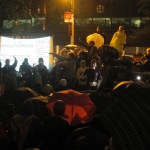
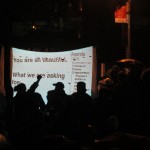


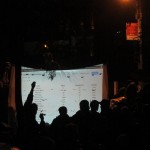




 Temporary photoElectric Digestopians [TpED] are experimental e-tapas designed to provide an electric tickle on a heliotropic tongue. Fusing cooking with solar cell design, light energy is harvested by edible power plants and transformed into electrical energy. After the e-tickle has enriched the taste, the left over energy (kJoules) powers the body and flows further into nature as nutrient for the plants. The TpED worklabs are a node of Bartaku’s ongoing research ‘PhoEf: The Undisclosed Poésis of the Photovoltaic Effect’. Bartaku is a Brussels based artistic researcher and member of transdisciplinary lab FoAM. Here are some
Temporary photoElectric Digestopians [TpED] are experimental e-tapas designed to provide an electric tickle on a heliotropic tongue. Fusing cooking with solar cell design, light energy is harvested by edible power plants and transformed into electrical energy. After the e-tickle has enriched the taste, the left over energy (kJoules) powers the body and flows further into nature as nutrient for the plants. The TpED worklabs are a node of Bartaku’s ongoing research ‘PhoEf: The Undisclosed Poésis of the Photovoltaic Effect’. Bartaku is a Brussels based artistic researcher and member of transdisciplinary lab FoAM. Here are some 


